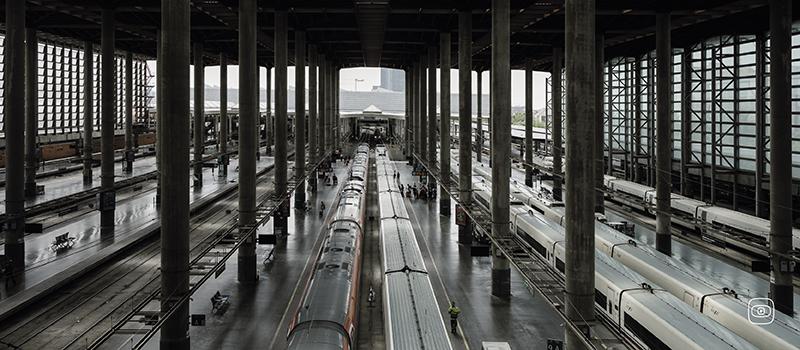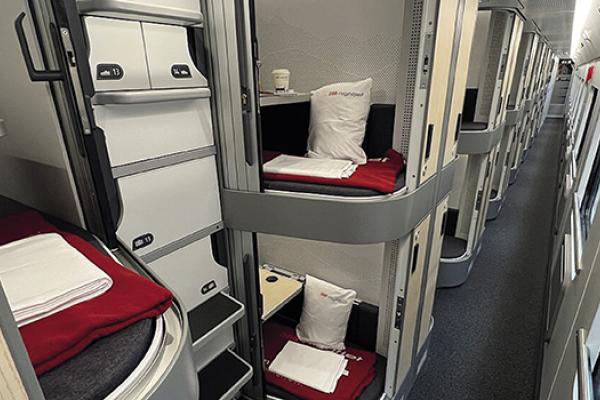The reporting team investigated the delays to the construction of the train connection between Madrid and Lisbon, employing a combination of fieldwork, documentary research, and interviews. The aim was to establish the reasons for the delays and review the current objectives.
Even at best, the high-speed connection will not arrive until 2034. However, given the long history of unfulfilled promises and political clashes, not to mention the scale of the pending works, even this date seems improbable.
Today, travelling by train between Madrid and Lisbon takes nearly ten hours and involves at least two transfers, which discourages the ten million tourists who travelled between the two countries in 2024. This benefits the most polluting modes of transport. The Iberian disconnection also isolates Spain's Extremadura border region, leaving it without a connection to its neighbour or the Spanish capital.
Key findings:
- The high-speed connection will not be ready by 2030, which is the deadline set by the Spanish government so far. Only a third of the route has been constructed so far, with nearly half still pending tendering.
- Even the goal set by the European Commission, which is set to be officially postponed from 2030 to 2034, seems unlikely to be met. Two bridges over the Tagus need to be built, and the 200-kilometre-long Toledo section is facing political opposition.
- Although the connection is a priority for Brussels within the Atlantic Corridor, progress has been impossible due to the difficulty of aligning European and national interests. Portugal has demanded that the northern section (Porto–Vigo) be completed first, thereby delaying the link between the capital cities.
- This lack of long-term vision has resulted in numerous loose ends, technical contradictions, and a patchwork route that is difficult to integrate. The new tracks have in fact been built using the Iberian gauge, which makes integration with the rest of the Spain's high-speed lines and the European network impossible.
- Prioritising high-speed rail has so far prevented the launch of a useful, commercially viable service that is adapted to the reality of existing infrastructure. Although travel time could be reduced to five hours by 2026, there are still no plans to implement this.
- This logistical gap favours the most polluting modes of transport: over 90% of travellers between the two countries opt for road travel. In addition, around 40 flights operate daily between Madrid and Lisbon, making it Spain’s second busiest international air route, as well as around 20 bus journeys.






